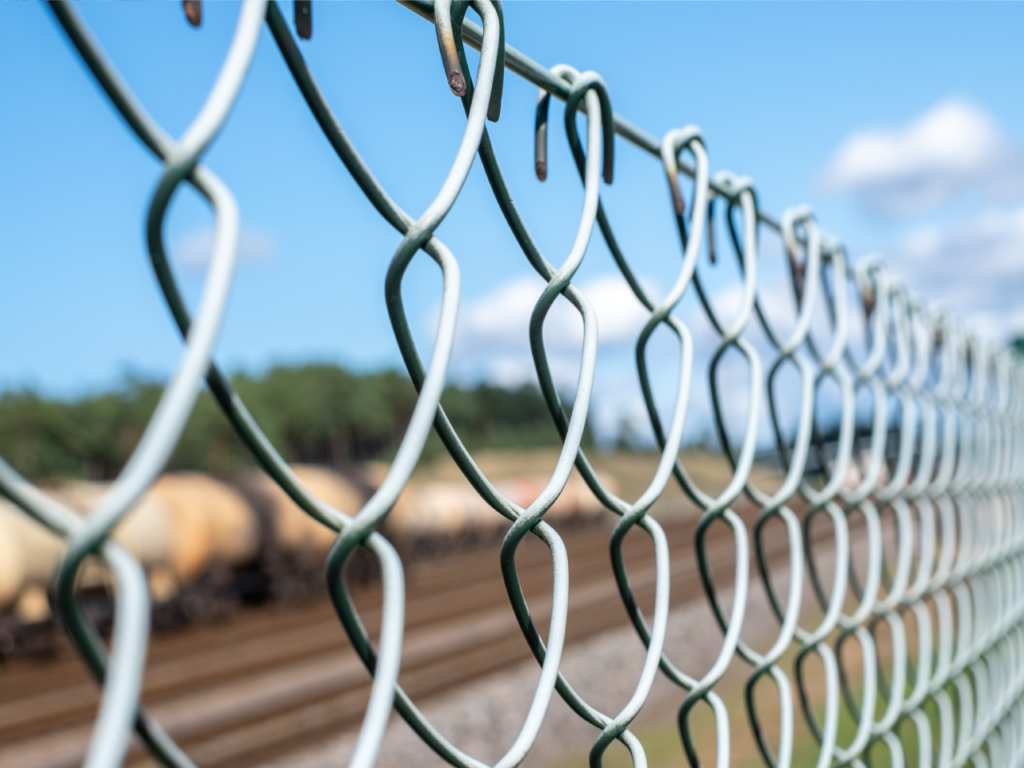

Exploring the Versatility and Practicality of Chain Link Fences
Chain link fences have long been a staple in the realm of fencing solutions, offering a blend of affordability, durability, and versatility. From residential properties to commercial complexes and recreational areas, chain link fences serve as reliable barriers for a multitude of purposes. In this comprehensive blog post, we delve into the intricacies of chain link fences, exploring their construction, benefits, applications, and installation processes.
Construction and Design of Chain Link Fences:
Chain link fences are constructed using interwoven steel wires, forming a diamond-shaped pattern known for its strength and flexibility. The wires are typically galvanized to resist rust and corrosion, ensuring long-term durability in outdoor environments. The design of chain link fences allows for visibility through the fence while providing a level of security, making them suitable for various settings.
Material Composition:
The primary material used in chain link fences is galvanized steel wire, renowned for its robustness and resistance to environmental factors. Additionally, chain link fences can be coated with vinyl or polyester materials, enhancing their durability and providing added protection against weathering and rust. This combination of materials ensures that chain link fences can withstand the elements and maintain their integrity over time.
Installation Process:
One of the key advantages of chain link fences is their relatively simple installation process. The installation typically involves setting sturdy posts into the ground at regular intervals and attaching the chain link fabric to the posts using tension bands, ties, or other fasteners. Gates and access points can be integrated into the design to allow entry and exit as needed, adding to the fence’s practicality and functionality.
Applications of Chain Link Fences:
Chain link fences find a multitude of applications across various sectors due to their affordability, durability, and versatility. Some common applications include:
Residential Properties: Chain link fences are commonly used to enclose residential properties, providing security, privacy, and boundary demarcation while allowing airflow and visibility.
Commercial and Industrial Settings: Chain link fences are often employed in commercial and industrial settings to secure perimeters, protect equipment, and define property boundaries.
Recreational Areas: Chain link fences are prevalent in sports facilities, parks, and playgrounds, creating enclosed spaces for activities such as baseball fields, tennis courts, and dog parks.
Security Installations: Chain link fences can be installed with additional security features such as barbed wire or privacy slats to enhance security and privacy in sensitive areas.
Benefits of Chain Link Fences:
Chain link fences offer numerous benefits that contribute to their popularity and widespread use:
Affordability: Chain link fences are generally more affordable than other types of fencing materials, making them a cost-effective option for property owners.
Durability: The galvanized steel construction of chain link fences ensures durability and longevity, even in harsh weather conditions.
Low Maintenance: Chain link fences require minimal upkeep and can withstand wear and tear over time, reducing the need for frequent repairs or replacements.
Versatility: Chain link fences are available in various heights, gauges, and colors, allowing for customization to suit specific needs and preferences.
In conclusion, chain link fences stand as versatile and practical fencing solutions suitable for a wide range of applications. Their durable construction, ease of installation, and affordability make them an attractive choice for property owners seeking reliable perimeter security and boundary demarcation. Whether used in residential, commercial, industrial, or recreational settings, chain link fences continue to play a vital role in safeguarding properties and enhancing safety and security for years to come
